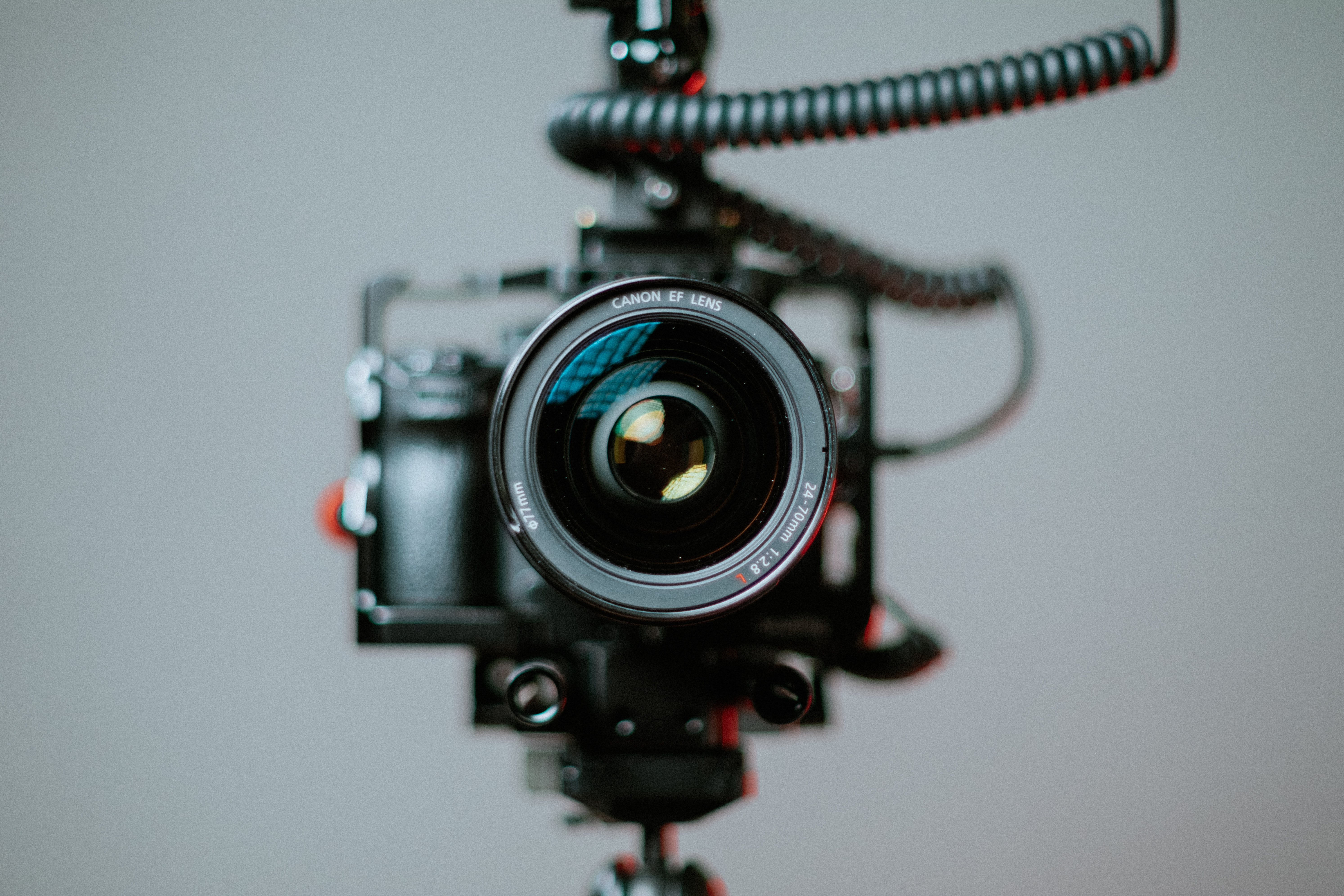How to Make a Great Interview Video: A Guide to Creating Thought Leadership Videos
Creating Effective Thought Leadership Videos for B2B Businesses
GrowthMatch has worked with B2B CEOs, founders, and executives to produce hundreds of videos that have generated hundreds of thousands of impressions. This content drives top-of-funnel sales prospects and builds overall industry awareness for their companies.
To create a typical thought leadership video, an expert interviewer will ask the thought leader a series of questions (which, if you're working with GrowthMatch, are developed by an expert Content Strategist to yield outputs that resonate with your target customer at key stages of the buying funnel).
The thought leader answers each question, targeting 1 to 3 minutes for their answer. Each answer is cut into its own standalone video which can be shared on social, used as sales enablement assets and more.
Through our experience, we've established best practices for creating effective thought leadership content interviews.
Continue below for insights to help you generate authentic, authoritative content that resonates with your target audience.
1. Technical Preparation
A well-organized space, proper lighting, and an appropriate backdrop will enhance your appearance and presentation.
Follow these recommendations for the best results:
- Position yourself at eye level with the camera, ensuring your shoulders, full face, and head are in frame with some headroom above. If your camera is too low, the viewer will be looking up your nostrils. If the camera is too high, you'll be awkwardly looking upward.
- Check your clothes, teeth, and hair to ensure they look the way you want.
- Ensure there's adequate lighting to avoid shadows. Test out a few variations on your lights: for example, test out how you look if you turn off your overhead lights and rely only on sunlight coming through the windows.
- Setup in a clean, open, and uncluttered space; clutter in your background translates to a perception that you are disorganized and unprofessional
- If there are windows, mirrors or hanging art behind you, check for any reflections you may want to remove
- Keep your camera and computer on a stable platform to avoid shaking; don't rest your arms or hands on the desk or table while speaking, or it may vibrate the camera.
2. Eye Contact and Notes
Maintaining eye contact with the camera rather than your computer screen is crucial for conveying confidence.
After you finish speaking, maintain eye contact with the camera for a few seconds so your video editor has space to end the video before you look away.
Also, avoid referencing notes while you speak. You already know your subject matter! Maintaining direct eye contact without referencing notes gives the viewer an (accurate!) impression that you have authority in the space.
3. Managing Pauses
It's normal to have a few "um"s and other pauses during your speech.
To an extent, these are good: they ensure the viewer knows you are speaking off the cuff without extensive scripting, which conveys a human, authentic feel and builds rapport and trust.
Clearly, it's possible to have too many "um"s or pauses, but a few every now and then is fine.
One big caveat here: "um"s or pauses are one thing; filler words such as "like" and "kinda" are another. These filler words detract from your credibility and should be eliminated wherever possible.
All of that said, it's also important NOT to start your video with an "um". Try to start your answers confidently and authoritatively, looking into the camera and minimizing pauses.
This may take practice, but your Content Strategist and Interviewer can help.
4. Personal Preparation
Block 2 or 3 minutes before your interview to relax.
Before beginning your interview, take a few minutes to sit calmly, reflect on your expertise, and think about your customer.
Briefly meditate on your customer's problems, the outcomes they desire, and the ways your company helps them.
Mentally prepare yourself to speak from the heart in a controlled but energized manner.
Remind yourself that you are creating this content in order to help people, and that the people who watch your videos will benefit from your unique blend of expertise and experience.
5. Common Mistakes to Avoid
When creating talking-head thought leadership videos, avoid these common mistakes:
1️⃣ Watching the video of yourself instead of looking directly at the camera. Don't do this! Look directly at the camera while you speak. Easier said than done, but with a little practice you'll get used to it.
2️⃣ Swaying back and forth. This makes you seem intimidating.
3️⃣ Swaying or moving side to side. This makes you seem out of control.
4️⃣ Not placing your camera at your eye line. If you're looking up or down at your camera, it distracts viewers from what you're talking about.
Conclusion
By following these guidelines, you can create effective thought leadership videos that generate interest and drive results for your B2B business.
Remember, practice makes perfect, and with time and experience, you'll become comfortable in crafting engaging video content.
And last, lean on your team! As a GrowthMatch customer, you have a content strategist, expert interviewer, video editor and social media marketer on your team. They're here to give you feedback and help you improve.




